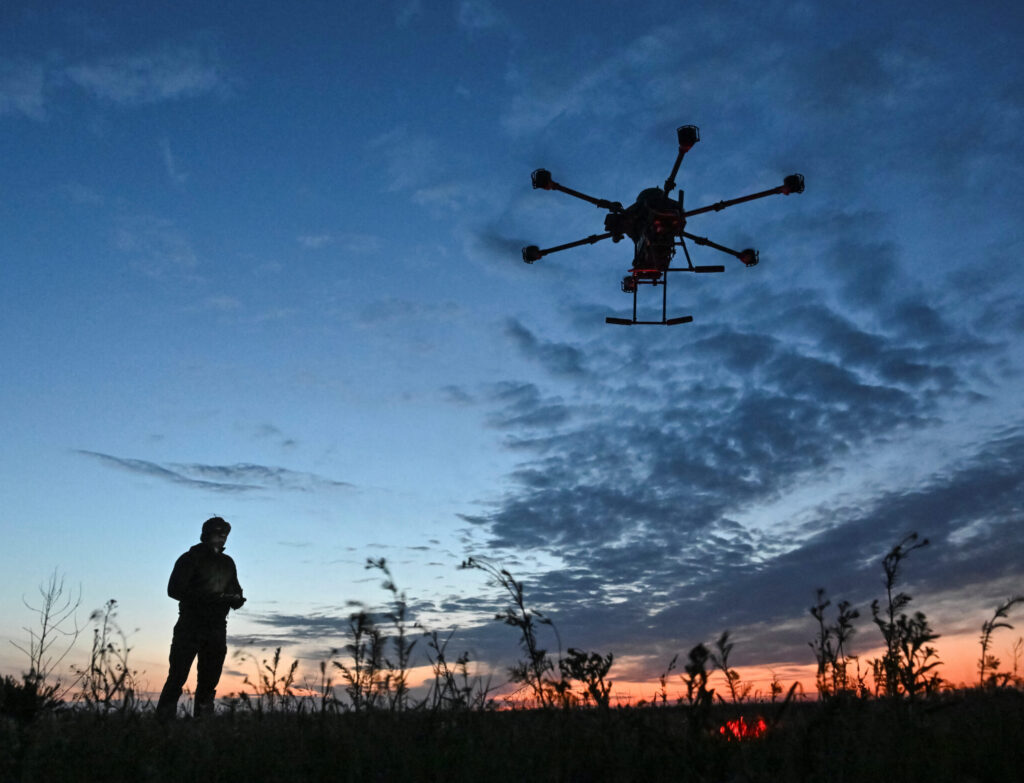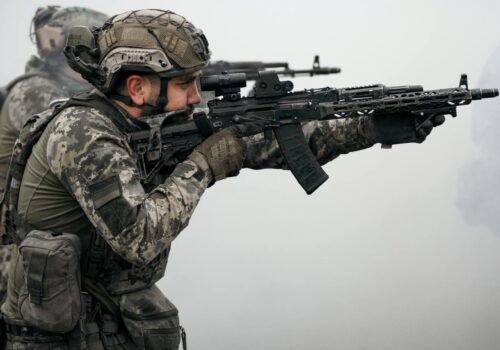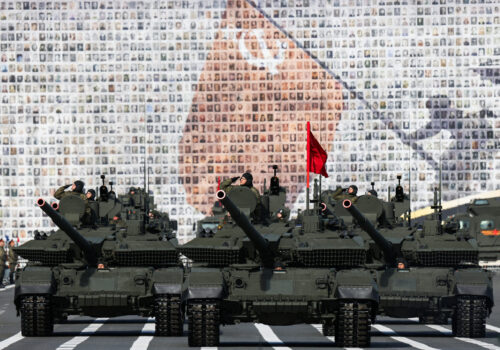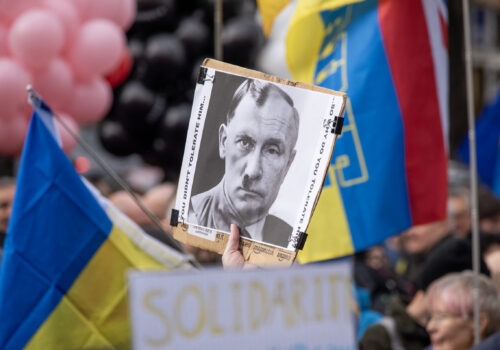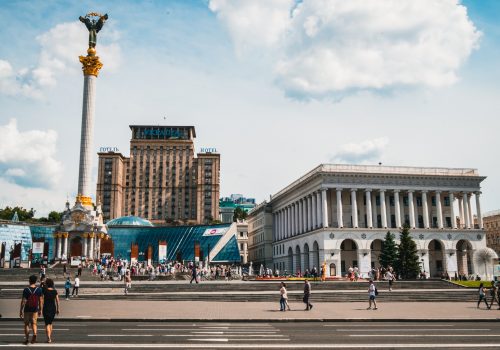As the US-led peace initiative continues to falter, the unfolding summer campaigning season in Ukraine promises to be among the bloodiest of the entire war. In the coming months, Russia is hoping to build on more than a year of gradual advances to achieve breakthroughs on the eastern front, while Ukraine aims to demonstrate to the country’s partners that it is capable of stopping Putin’s war machine and holding the line.
While the Kremlin insists it is ready for peace, developments on the battlefield tell a different story. According to Britain’s Ministry of Defense, Russia is intensifying its offensive operations and sustained approximately 160,000 casualties during the first four months of the current year, the highest total for this period since the start of the full-scale invasion. If this trend continues during the coming fighting season, 2025 will be the deadliest year of the war in terms of Russian losses.
Russia’s strategy continues to rely on costly frontal assaults, but the nature of these attacks is steadily evolving. Russian troops now increasingly employ motorbikes and other improvised vehicles to advance in small groups and infiltrate Ukraine’s defensive lines. These assaults are backed by strike drones, glide bombs, and artillery, making it difficult for Ukraine to direct reinforcements to hot spots or provide medical and engineering support. The end goal is to force Ukrainian tactical withdrawals and inch further forward.
Stay updated
As the world watches the Russian invasion of Ukraine unfold, UkraineAlert delivers the best Atlantic Council expert insight and analysis on Ukraine twice a week directly to your inbox.
Ukraine’s defensive strategy is focused primarily on attrition. This includes remote mining to channel advancing Russian troops into kill zones, along with the extensive use of traditional artillery. Ukraine’s expanding drone army is also playing a crucial role, making it possible to target Russian units at depths of up to 15 kilometers behind the line of contact.
By increasing drone coverage along the front lines, Ukrainian commanders aim to hamper the logistics of Putin’s invasion force and significantly reduce the potential for future Russian advances. This approach is being dubbed the “drone wall,” and may well come to play a far biggest role in efforts to freeze the front lines. However, Russia is also rapidly innovating to address Ukraine’s growing drone capabilities, leading to a relentless technological contest that runs in parallel to the fighting on the battlefield.
As the Russian army currently holds the initiative and is advancing at various points along the front lines of the war, Putin’s commanders can choose from a range of potential locations as they look to identify geographical priorities for their summer offensive.
At present, Russia is expanding a foothold in northeastern Ukraine’s Sumy region after largely pushing Ukrainian formations out of Russia’s Kursk region. There have also been recent localized Russian advances in the Kharkiv region. However, the main thrust over the next few months is expected to come in eastern Ukraine, where Russia has concentrated forces in the Pokrovsk and Kostiantynivka sectors. Success in these sectors could create the conditions for the occupation of the entire Donetsk region, which remains Russia’s most immediate political objective.
Eurasia Center events
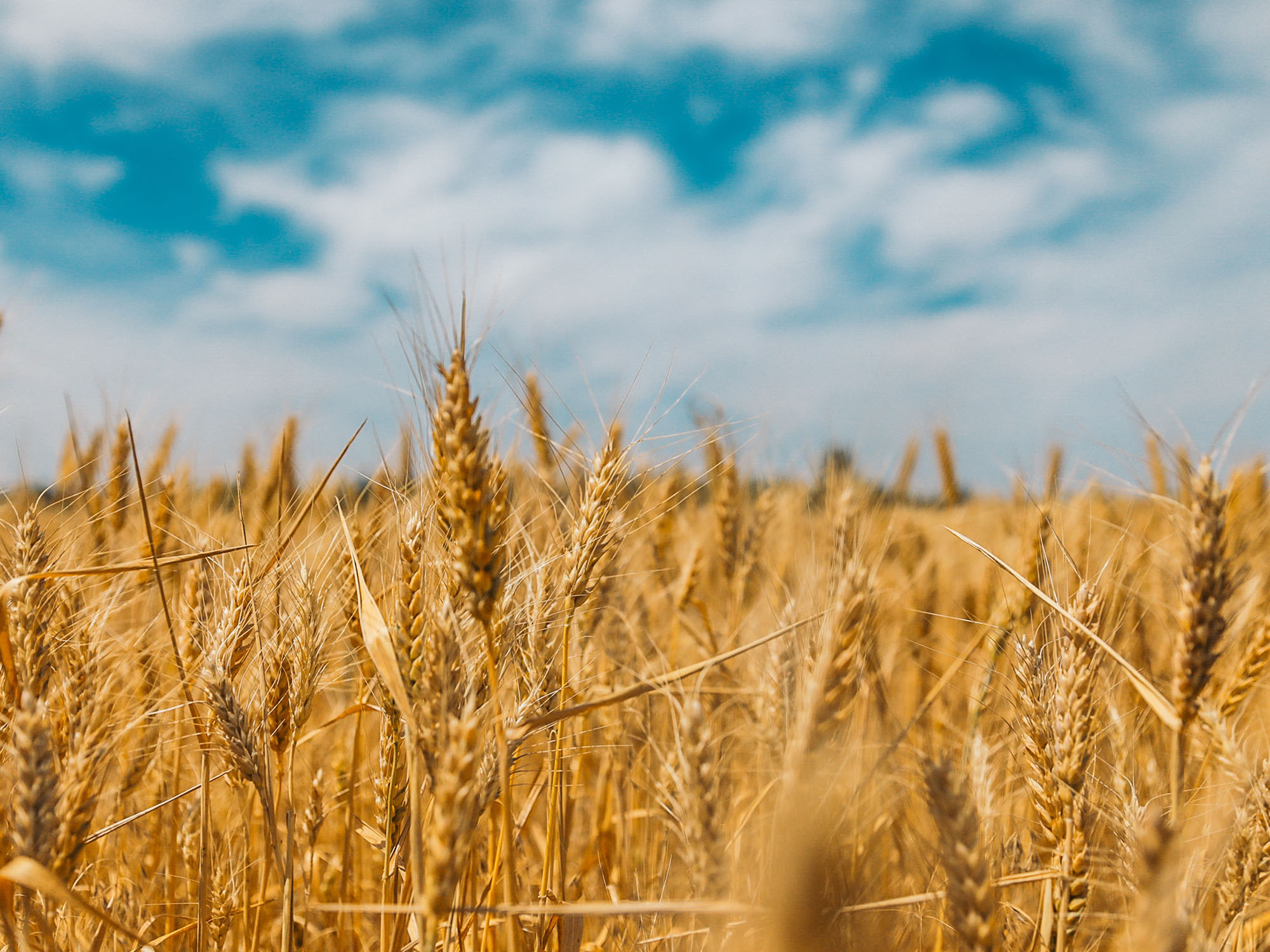
While Putin is under no pressure on the home front, he will be keen to achieve some kind of meaningful breakthrough in the coming months in order to demonstrate to domestic and international audiences that the Russian army is capable to achieving victory in Ukraine. He recently stated that Russia has “sufficient strength and resources to take the war in Ukraine to its logical conclusion,” but the fact remains that his army has failed to capture and hold a single Ukrainian regional capital in more than three years of brutal warfare.
For war-weary Ukraine, the coming summer campaign will be a major test of endurance. If Ukrainian forces are able to prevent any significant Russian advances despite dwindling supplies of US military aid, it would serve as a powerful argument for pro-Ukrainian politicians in Europe and the United States. This would likely lead to strengthened support for the Ukrainian war effort, and could help convince skeptics in the Trump White House to adopt a firmer stance toward Russia.
The Ukrainian authorities have already accepted a US proposal for an unconditional 30-day ceasefire and remain ready to pursue a sustainable peace settlement. But with Russia showing little sign of following suit, Ukraine faces another long summer of brutal fighting.
The Kremlin’s current negotiating position would leave postwar Ukraine partitioned, isolated, and defenseless. Any peace on such terms would almost certainly mean the end of Ukrainian statehood. Instead, Ukraine must continue to defend itself while hoping that Russia’s ability to sustain heavy losses declines faster than the West’s collective commitment to stopping Putin.
Mykola Bielieskov is a research fellow at the National Institute for Strategic Studies and a senior analyst at Ukrainian NGO “Come Back Alive.” The views expressed in this article are the author’s personal position and do not reflect the opinions or views of NISS or Come Back Alive.
Further reading
The views expressed in UkraineAlert are solely those of the authors and do not necessarily reflect the views of the Atlantic Council, its staff, or its supporters.

The Eurasia Center’s mission is to enhance transatlantic cooperation in promoting stability, democratic values, and prosperity in Eurasia, from Eastern Europe and Turkey in the West to the Caucasus, Russia, and Central Asia in the East.
Follow us on social media
and support our work
Image: A serviceman of Special Police Battalion launches a Vampire combat drone flying over positions of Russian troops, amid Russia's attack on Ukraine, in Zaporizhzhia region, Ukraine April 29, 2025. REUTERS/Stringer
